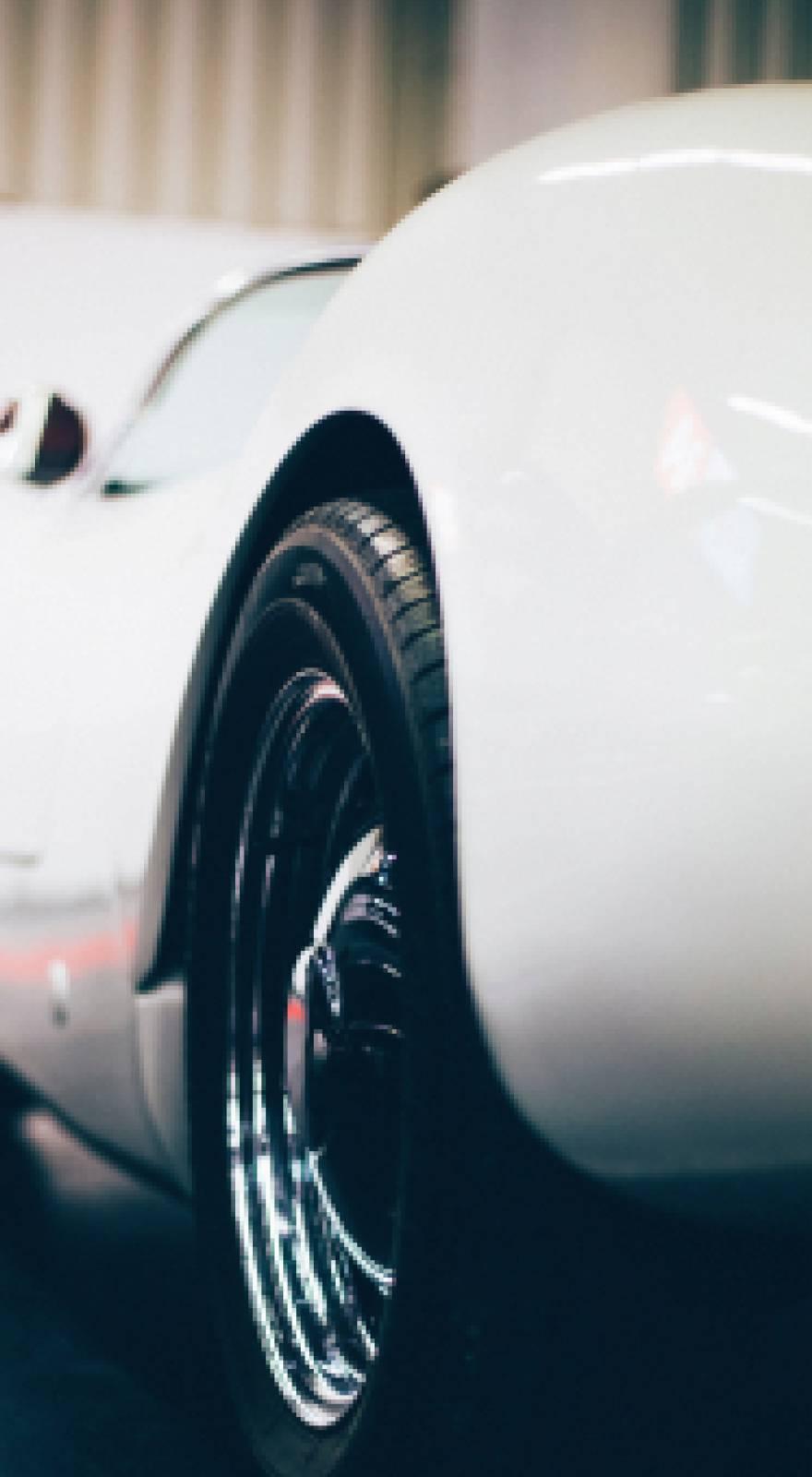Knowde Enhanced TDS
Identification & Functionality
- Chemical Family
- Polymer Name
- Technologies
- Product Families
Features & Benefits
- Materials Features
- Product Highlights
- Two-part, optically clear, solvent free, low viscosity silicone
- Cures at room temperature or rapidly with heat
- 10:1 Mix Ratio (Part A:B)
Applications & Uses
- Markets
- Plastics & Elastomers Processing Methods
- Applications
- For bonding, casting or injection molding of high performance optical components
- For applications requiring index matching at 1.41
- For applications requiring an operating temperature range of -65 to 240°C (–85 to 465°F)
- Instructions for Use
The product is supplied in a ready-to-use cartridge that allows off-line mixing in a preset 10:1 ratio, prior to casting or loading into an injection molder reservoir.
Vacuum Deaeration
The assembly should self-deaerate due to the product’s long room temperature work time and low viscosity, as long as no pockets of air are trapped beneath mechanical parts. If accelerated deaeration is required, the assembly may be vacuum deaerated using a pressure of 635 mmHg (25 in. Hg) or greater. Apply the vacuum while observing the uncured fluid for presence of bubble formation and increase vacuum slowly enough to avoid rapid foaming. Hold vacuum until bubbles at the fluid surface collapse and are no longer visible.
Cure Inhibition
LS-6941 cures in contact with most properly cleaned substrate materials including optical glasses, optical plastics, and photonic semiconductors. Adhesion to fluoroplastic substrates is generally poor but may be improved with chemical etching or plasma etching of the substrate. Substrates to avoid include certain butyl, nitrite, chlorinated, and EPDM elastomers, certain plastics with leachable plasticizers, and the cure residues of certain adhesives including UV-cured epoxies and amine-cured epoxies.
Substrate Preparation
Substrates should be free of dust, oil, and fingerprint soils. Clean substrates using suitable industrial techniques for cleaning electro-optics. If using hydrocarbon solvent cleaning (e.g. acetone, toluene), a final rinse with reagent grade isopropanol is recommended. If using aqueous detergent cleaning, multiple final rinses with de-ionized water or a single rinse with reagent grade isopropanol is recommended. Obtain improved gel adhesion to some substrates using suitable primers such as NuSil Technology LLC’s LS-3200-10 series Optical Primers. Adhesion to fluoroplastic substrates is generally poor but may be improved with chemical etching or plasma etching of the substrate.
Adjustable Cure Schedule
Product cures at a wide range of cure times and temperatures to accommodate different production needs.
Contact NuSil Technology for details.
Some cure schedules* include:
65°C (149°F) /40 minutes
100°C (212°F) /2 minutes
* Cure time defined as the time required for a knife coat layer ~0.02” to be removed from a release liner
Clean-Up
Remove from surfaces by first wiping off excess gel with a suitable, dry, lint-free wipe and then by wiping down the surface with a lint-free wipe soaked with acetone. If the surface material is incompatible with acetone, use isopropanol. Complete the clean-up process with a final rinse with reagent grade isopropanol if removal of acetone residues is necessary.
Properties
- Typical Properties
- Cured Properties
| Value | Units | Test Method / Conditions | |
| Viscosity | 5,300 (5,300 ) | cP (Mpa*s) | — |
| Durometer Type A | 50.0 | — | — |
| Tensile | 1,300 (8.97 ) | psi (MPa) | — |
| Elongat ion | 95.0 | % | — |
| Dielectric Strength | 500 (19.5 ) | volts/mil (kV/mm) | — |
| Mix Rat io | 0.417361111 | — | — |
| Refractive Index | 1.41 | — | — |
| Specific Gravity | 1.03 | — | — |
| Tack Free Time | 15.0 | hours | — |
| Tear | 20 (3.53 ) | ppi (kN/m) | — |
| Volume Resistivity | 1.00E+15 | Ω·cm | — |
| Work Time | 5.5 | hours | — |
| Value | Units | Test Method / Conditions | |
| Cure System | Platinum | — | — |
| Cure at 150 °C | 15.0 | minutes | — |
Packaging & Availability
- Country Availability
- Regional Availability

